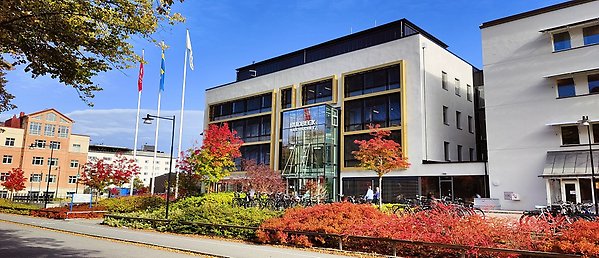From human population variation to ligand binding sites via SARS-CoV-2
January 26, 2024 @ 15:00 – 16:00 CET
Talk by
Geoff Barton, Professor of Bioinformatics and Head of Division of Computational Biology School of Life Sciences University of Dundee, Dundee, Scotland, UK.
Title
From human population variation to ligand binding sites via SARS-CoV-2
Abstract
In this talk I will present an analysis that compares publicly available variation data for human with variation seen across all available protein sequences regardless of species. The analysis confirms patterns of variation in human are consistent with protein structural features (e.g. a-helix and b-strand) but highlights structurally and functionally important sites in around 15,000 human protein domains that are not found by conventional sequence analysis methods. The identified sites are enriched in disease-associated variants, ligand binding residues and protein-protein interaction sites.
I will explain the method and illustrate the new analysis with examples including the Nuclear Receptor Ligand Binding Domains and G-protein coupled receptors (GPCRs) which are important therapeutic targets.
The study makes heavy use of the popular Jalview (www.jalview.org) sequence analysis program developed since 1996 in my group, so I will also give a brief update on Jalview’s new features for exploring nsSNPs on alignments and three-dimensional structures.
A preprint describing some aspects of this work was deposited on bioRxiv
MacGowan et al, 2017: https://doi.org/10.1101/127050) and a specific application to the Ankyrin Repeats was published: Utgés et al, 2021 https://doi.org/10.1371/journal.pcbi.1009335 More recent work applies the methods to ligand binding sites: Utgés et al, 2023: https://www.researchsquare.com/article/rs-3185838/v1
I will also give a brief summary of our work on SARS-CoV-2 that builds on our experience of analysing human population data
MacGowan et al, 2020: https://doi.org/10.1101/2020.05.03.074781,
MacGowan et al, 2022: https://doi.org/10.1371/journal.pcbi.1009922,
Barton, M. I. et al, 2021: https://doi.org/10.1101/2021.05.18.444646

